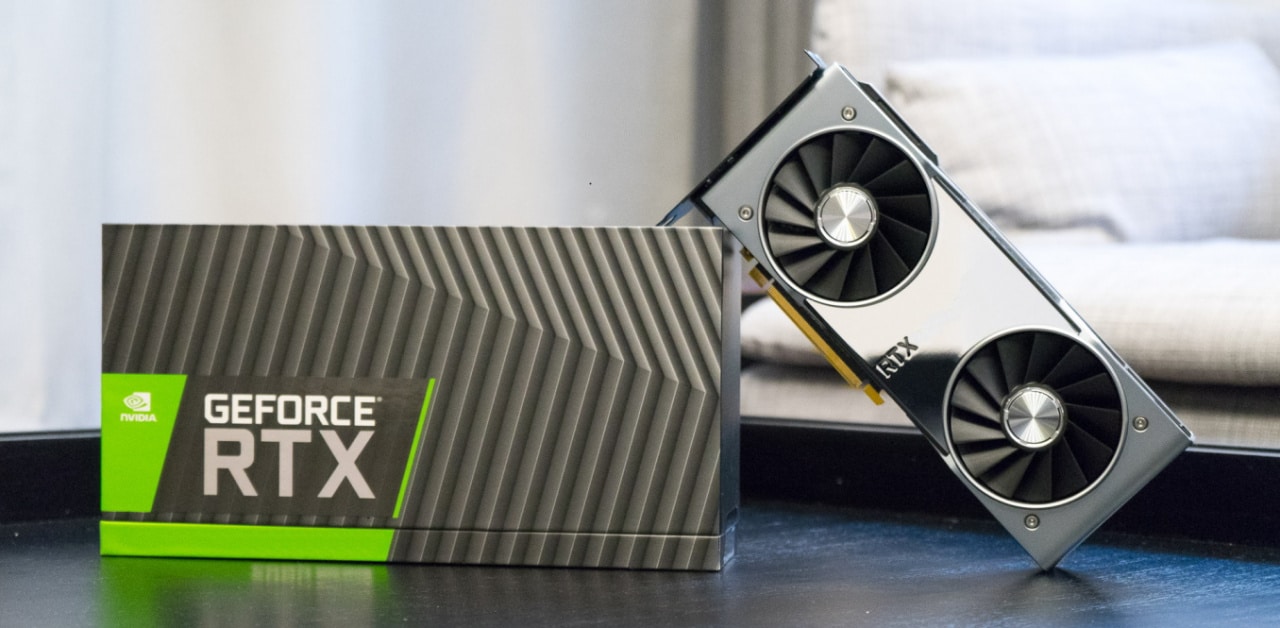As the expected unveiling of Nvidia’s Ampere architecture approaches, reports on what the new architecture will bring will also intensify. Ampere is expected to replace both Turing on the consumer side and Volta on the data center side and will, according to previous reports, be 50 percent faster than the Turing and Geforce RTX 2000 series.
According to a new report from the Youtube channel Moore’s Law is Dead, Ampere is adding a substantial increase in capacity over the current Turing. In addition to an increased efficiency per clock cycle (IPC) of 10–20 percent, the largest improvement is said to be in the architecture’s Tensor cores for calculations of artificial intelligence and machine learning. According to the data, the Tensor capacity in the Ampere architecture’s calculation units (SM) is doubled.
Another major step forward is said to be in the architecture’s capacity for ray tracingcalculations, but it does not appear whether this refers to the number of RT units or whether it refers to the number of beams that can be tracked. If the data turns out to be correct, the expected mid-range card Geforce RTX 3060 can reach comparable or exceed the RT performance of the current flagship Geforce RTX 2080 Ti.
Ampere is said to introduce the Nvcache function, which corresponds to AMD’s HBCC technology from the Vega architecture.
Ampere will also be equipped with the Nvcache function, which improves the graphics cards’ ability to retrieve and use data in the system’s primary memory and storage. It will thus be Nvidia’s answer to AMD’s corresponding technology High Bandwidth Cache Controller (HBCC), which made its entrance with the graphics architecture Vega. In practice, both technologies allow the graphics circuit to use primary memory and storage as virtual graphics memory, and vice versa where graphics memory is used as virtual primary memory.
In terms of Ampere and Geforce RTX 3000 series graphics memory, Nvidia is set to invest in improved memory compression, instead of increased memory capacity and speeds. Part of this should be that the circuits’ Tensor cores are used to better compress and decode data in the graphics memory, a technology that is said to be called Tensor Accelerated VRAM. With this investment, Nvidia will be able to achieve better memory performance without increasing the size, and thus the cost of the new graphics cards.
► Jonas talks DLSS 2.0 and upscaling with machine learning
Further details that emerge are that the new Tensor capacity also introduces the upscaling technology DLSS 3.0. This will increase the progress in version 2.0 with the ability to improve the image quality in all games that support the Temporal Anti-Aliasing (TAA) anti-aliasing technology. This would lead to broader support compared to previous versions that require the developer to implement the technology in individual game titles.
The Ampere and Geforce RTX 3000 series are expected to be presented during Nvidia’s digital event GTC 2020, which kicks off on 14 May at 15:00 Swedish time.















